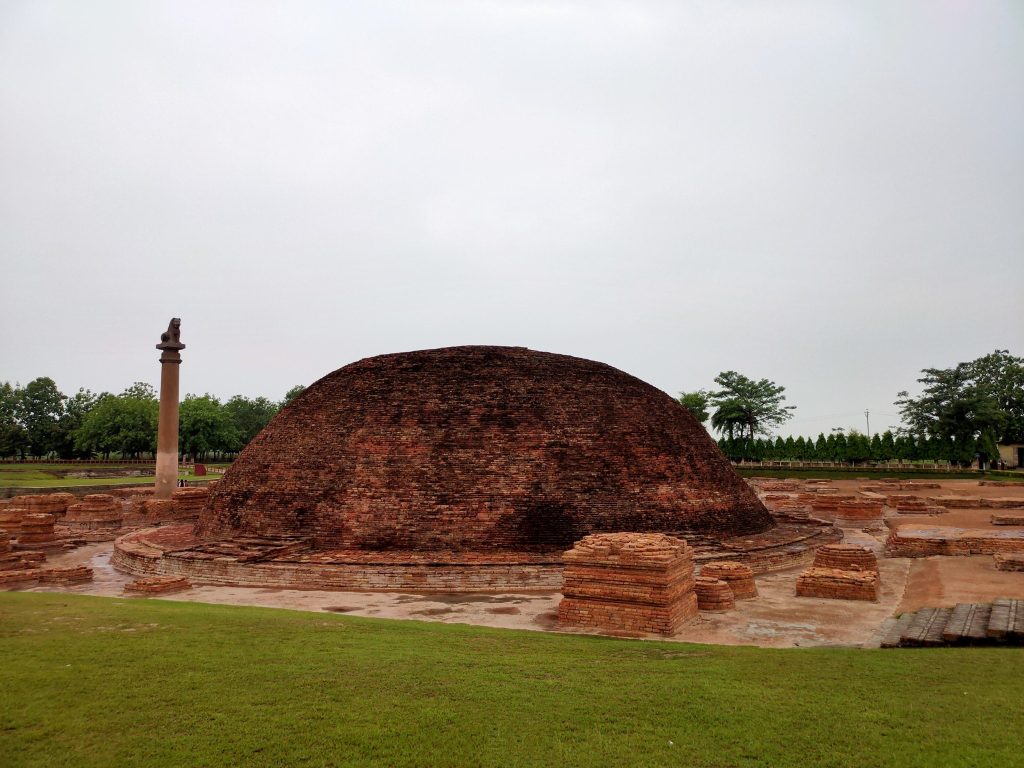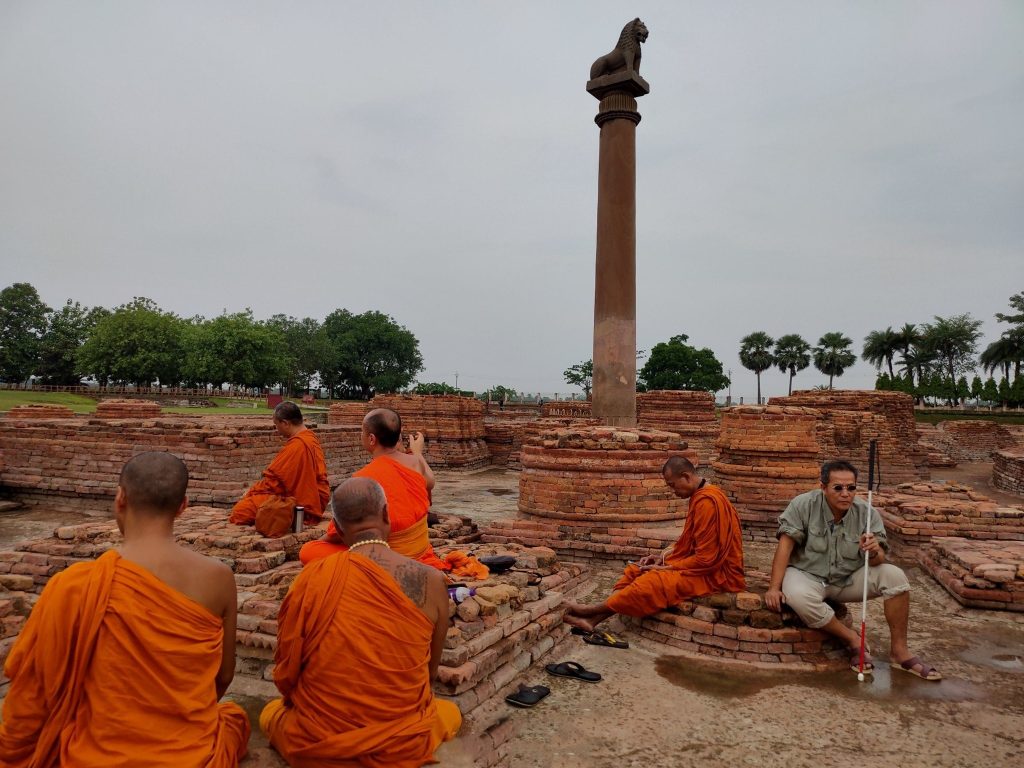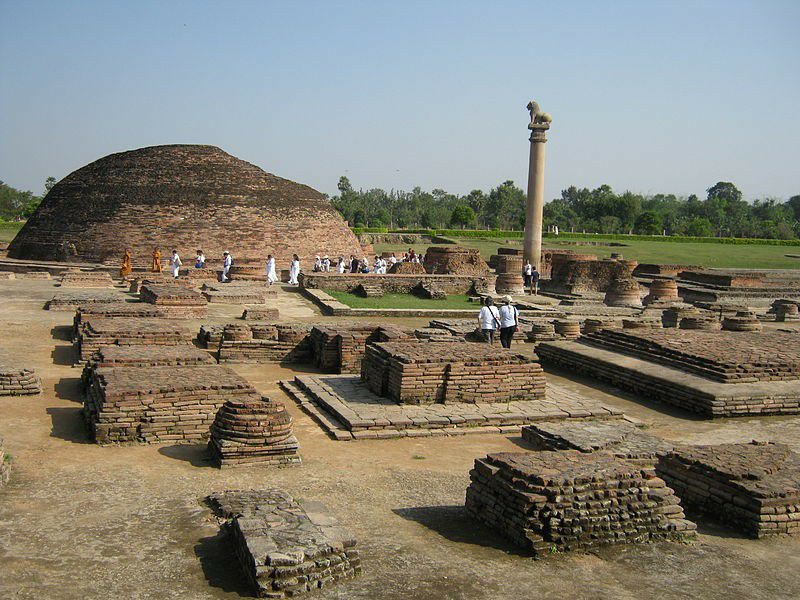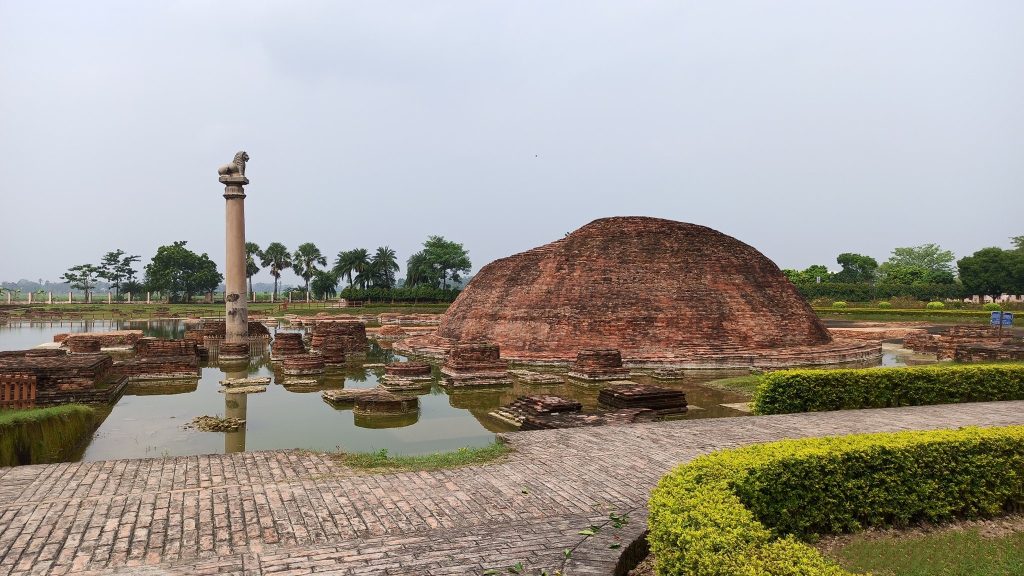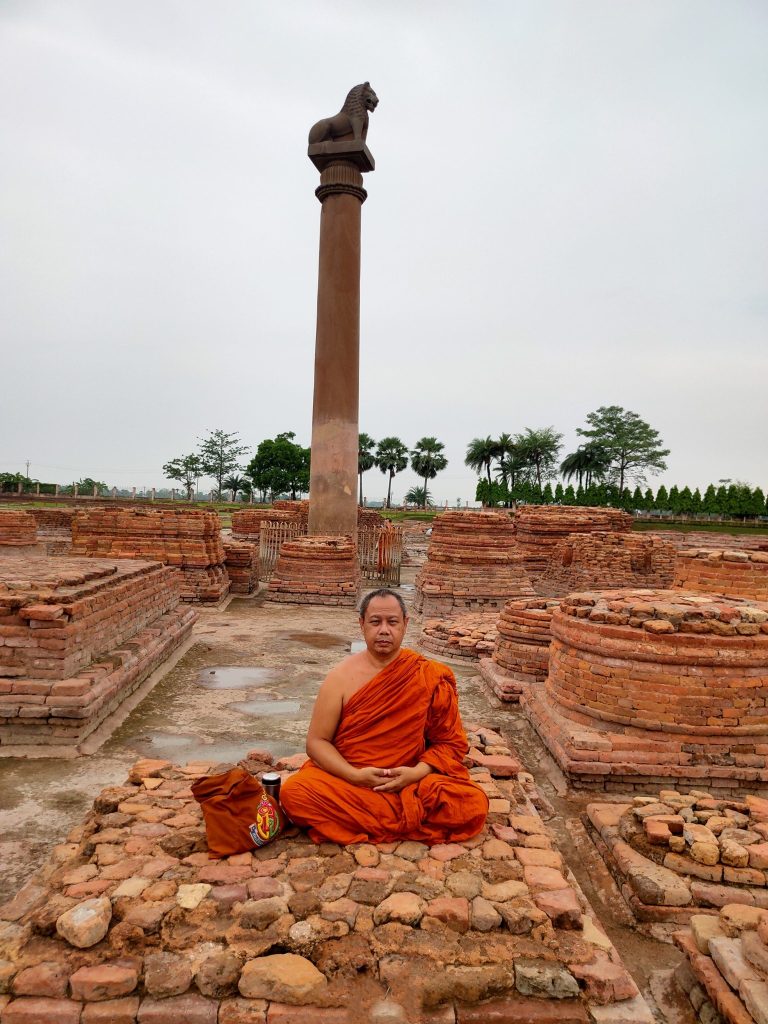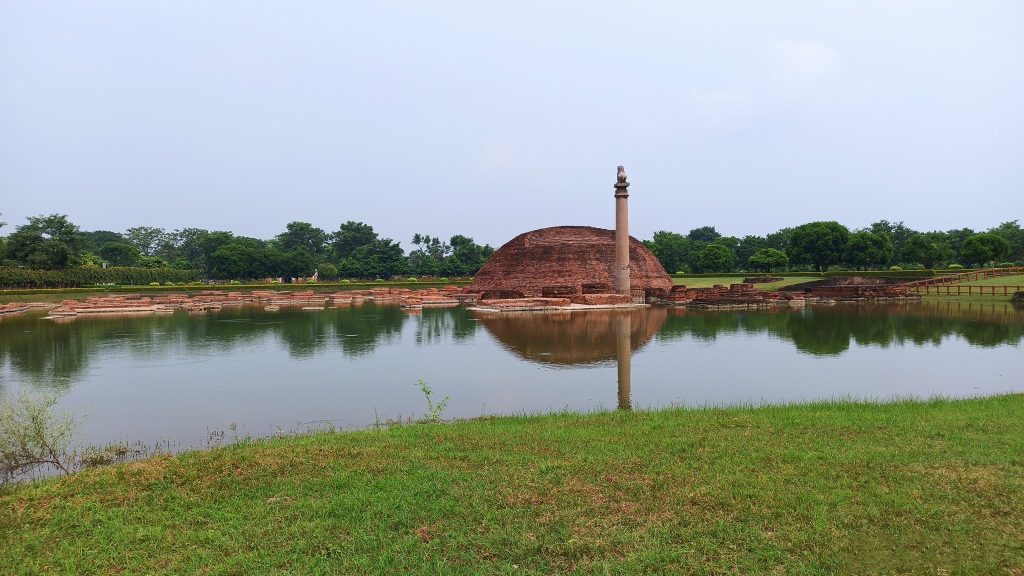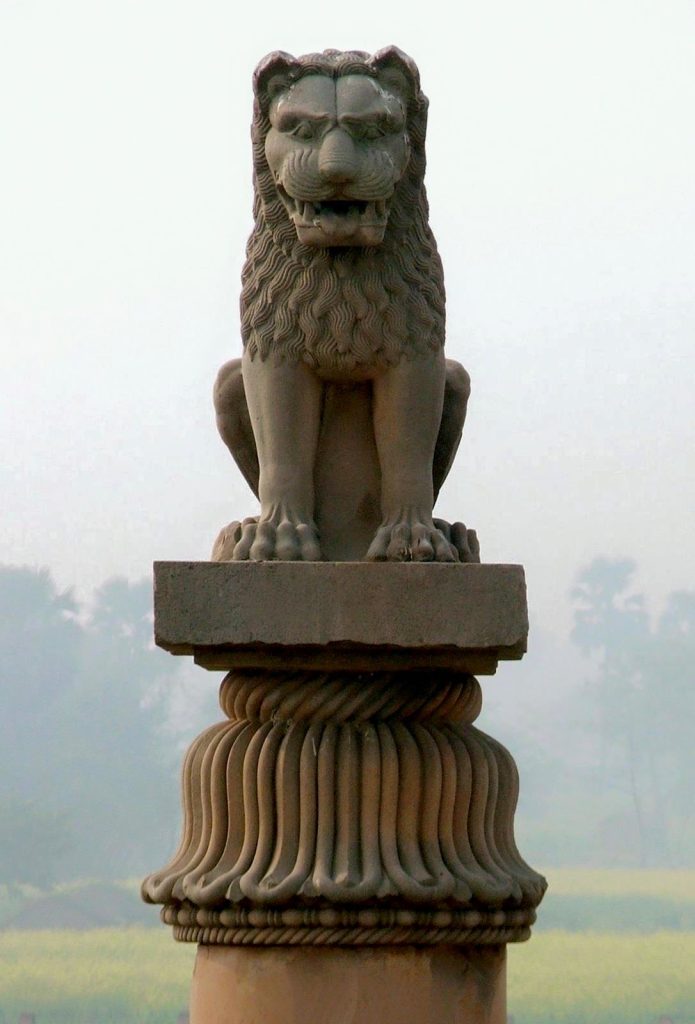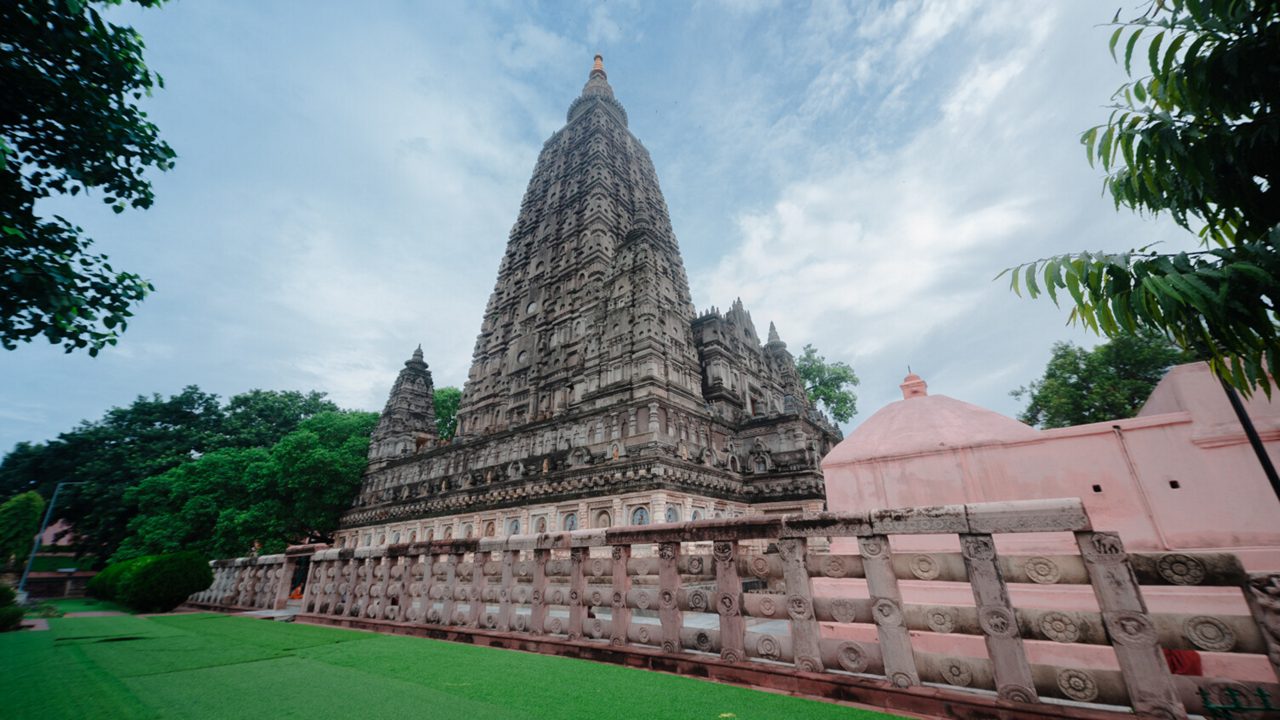Emperor Ashoka
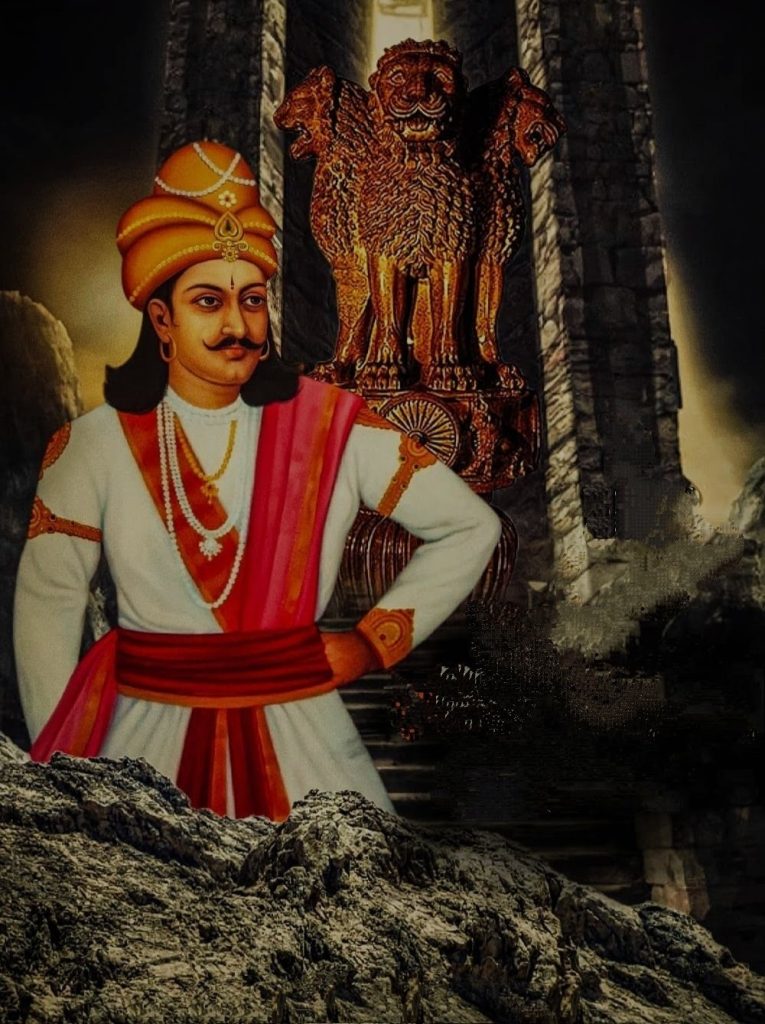
One of the most powerful kings of the ancient Indian subcontinent, Emperor Ashoka was the third member of the Maurya dynasty. He reigned over India between 273 and 232 BC. Ashoka is portrayed as an evil and violent ruler in Buddhist literature. But following the Kalinga War, he adopted Buddhism and dedicated his life to propagating its tenets. Numerous pillars and stupas were constructed around the nation by Ashoka. As India’s national emblem, one of these pillars, which is located in Sarnath, was chosen.
In three years, Ashoka constructed 84,000 stupas and had pillars erected at numerous locations around India. The unusual sculpture on these pillars is what helped them get the most notoriety. In actuality, the Dharma Sangha’s integrity was preserved by the construction of the pillar at Sarnath, which served as a memorial to the occasion of the turning of the Dharma Wheel.
He adopted the Buddha’s teachings, also known as the dharma (the law), which are known as the Four Noble Truths:
Life is suffering (suffering=rebirth)
The cause of suffering is a desire
The cause of desire must be overcome
When the desire is overcome, there is no more suffering (suffering=rebirth)
The continuous cycle of birth and rebirth known as samsara can be put an end to by someone who thoroughly perceives the Four Noble Truths.
Several theories have been put out on the reasons behind Ashoka’s decision to use the pillar to spread his Buddhist message. The shape of the pillar, which was common in Persian art, may have been brought to Ashoka’s kingdom by Persian painters who traveled there in search of work. But it’s also possible that Ashoka picked the pillar because it was a well-known form of Indian art at the time. The pillar represented the axis mundi (the axis on which the world revolves) in both Buddhism and Hinduism.
The first concrete representations of the Buddhist faith can be found in the pillars and edicts. The inscriptions support Ashoka’s ambition to disseminate the dharma throughout his kingdom and affirm his Buddhist beliefs.
The four locations that Lord Buddha advised his followers to visit are Sarnath, Lumbini, Bodhgaya, and Kushinagar. The majority of the thirteenth-century buildings in the region are in ruins, but the pillar still stands tall.
In the Buddhist canon, Sarnath is also referred to as Rishipatana since more than 500 sages died here after achieving Nirvana.
The Dhamek Stupa and the 50-meter-long Ashoka pillar are Ashoka’s gifts to Buddhism, and the entire complex exudes serenity. Around the enclosure, several monks are seen sitting in meditation. The Ashoka Pillar is the main feature of this sprawling compound, which is covered in lush green grass and looks like a colony when combined with the Stupa. At the edge of the compound, India’s oldest archaeological museum was constructed.
Ashok Pillar
The Mauryan King Ashoka built the Ashoka Pillars, which may be found all over India, between 268 and 232 BC. They stand for his ruthless rule and territorial conquests throughout India. While the majority of the pillars were either demolished by his later monarchs or withered away, 20 of them still stand tall in India. The pillars serve as the first stone texts discovered in India and exhibit the culture of the highly developed Mauryan civilization.
After converting to Buddhism, Emperor Ashoka worked to spread Buddhism outside of India. To spread Buddhism, he sent his daughter Sanghamitra and son Mahendra to Sri Lanka. In three years, Ashoka constructed 84,000 stupas and had pillars erected at numerous locations around India. The unusual sculpture on these pillars is what helped them get the most notoriety.
- Listed below are India’s five Ashoka Pillars.
- Ashoka Pillar, Sarnath – The most famous Ashoka Pillar in India
- The Ashoka pillar, Vaishali
- Ashoka Pillar, Allahabad
- Ashok Pillar, Sanchi
- Lauriya Nandangarh Ashoka Pillar, Patna
Ashok Pillar is the most popular sightseeing destination of Vaishali situated near a Buddhist monastery and a coronation tank, named Ramkund. It is also a Lion Pillar like the other Ashoka Pillars but the difference between this Ashoka Pillar and other Asoka pillars is that – this one has only one lion capital. Lions are often associated with Buddha in Buddhism. Buddha is compared to Shakyasimha and Narasimha. This can be found in the Pali saga. Because of this, the Buddha’s sermon in the Dhammacakkappavattana sutta is known as the “roar of the Buddha.”
This pillar was built by Emperor Ashoka at Kolhua out of a polished single piece of red sandstone, cut into a bell-shaped capital of a height of 18.3 m. The Lion Capital is placed on the top of this pillar. There is also a nearby brick stupa to this Ashoka Pillar which is said to commemorate the last sermon of Buddha.
